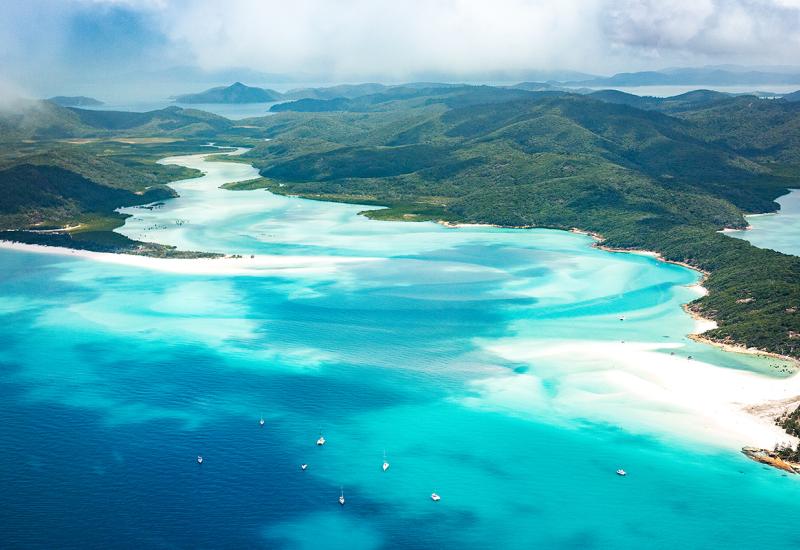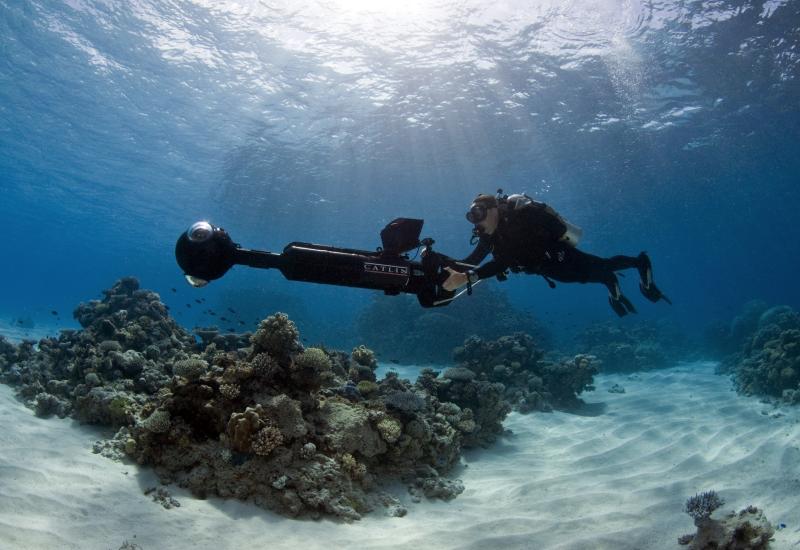Removing Barriers for Disabled Divers

The Fiji Aggressor has a hydraulic lift the raises the dive skiff to the level of the dive deck
Dan Ruth, Director of the Kona and Fiji Aggressors, remembers when John Lawson showed up on his Kona Aggressor II a few years ago. Lawson, who became a PADI-certified instructor as an upper-extremity double amputee, started talking with Ruth about adapting the Kona boat for disabled divers.
Ruth took the Handicapped Scuba Association's (HSA) Instructor Training Course and encouraged his captains to do the same. Then, with the help of Lawson and three other divers from the HSA, he retrofitted the Kona boat.
We've got an incline lift from the dive deck to the upper deck, he said. We have one stateroom with widened doorways and levers instead of doorknobs. We took out the bathroom door and replaced it with a curtain and installed a Euro-style shower with an adjustable head that slides up and down. And we have a toilet on the dive deck that is totally accessible, Ruth said.
Over the years, a handful of other dive boats have been retrofitted to accommodate disabled divers.
But Ruth's Fiji Aggressor is the first boat to be designed with disabled divers in mind. Some of the boat's goodies were outright accommodations. Some just came as part of the catamaran design package. All of them, except perhaps the elevator, help make live-aboard diving more convenient for both able-bodied and mobility-impaired divers.
At the top of the list for catamaran live-aboard advantages is space. The Fiji Aggressor is 105 feet long and 30 feet wide, several feet wider than a standard-hull boat. In addition, each stateroom has individual climate controls -- a plus for those whose body temperatures may not be as adaptable as others.
Both the main live-aboard and the auxiliary dive skiff have water-jet-propulsion systems instead of propellers. For the dive skiff, this system improves maneuverability so the crew can quickly get to a diver who has decreased mobility.
The main boat also has a hydraulic lift that raises the dive skiff to the level of the dive deck -- a little techie touch that reinforces the 21st-century feel of the live-aboard setup.
For the crew, this means tanks can be filled as they sit on the skiff. For able-bodied divers, it means the convenience of having the skiff on the same level as their dive-gear storage. And for the mobility-impaired, this enormously simplifies getting from the main boat into the skiff.
Other design features include:
- An elevator that accommodates a wheelchair between the dive deck and living deck.
- A wide hallway between staterooms in the living area.
- Staterooms with wide doors into both the room and the bathroom, flat access into the bathroom, a shower seat, adjustable shower heads, safety rails in the showers and around the toilets and levers in-place of door knobs.
- Accommodating mobility-, sight- or hearing-impaired divers is not as daunting as many people may envision, Ruth states, because the divers come prepared.
HSA founder Jim Gatacre knows exactly what this entails since he helps certify disabled divers. We've trained and certified people who were C3 quadriplegics with use of only their neck and head. The key is they have assistants, he said.
A blind diver, for instance, has complete mobility but needs guidance. A paraplegic often only needs assistance getting in and out of the water. Some use webbed gloves for propulsion.
We get a lot of high injuries, a lot of people paralyzed from the chest down, Gatacre said. This means more mobility problems than just walking. It means they have problems with balance when they're sitting. They can't lean over and get things. Other sports, like wheelchair tennis, aren't as rewarding for them because they can't reach over. But under water, they have a lot of freedom.
For more information on diving with disabilities, contact HSA International at 714-498-6128; Web: www.hsascuba.com










